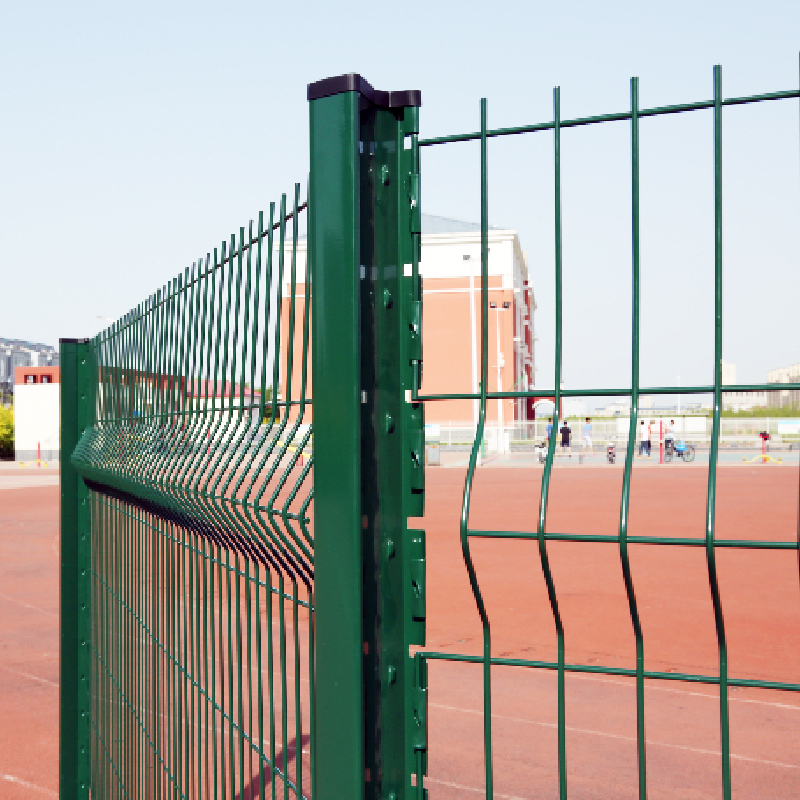Nails Suitable for Flashing on Roofs and Their Importance in Installation
Dez . 05, 2024 07:47
Nails for Roof Flashing Ensuring a Secure and Weather-Resistant Installation
When it comes to roofing, the effectiveness of your flashing can often dictate the longevity and durability of your roof. Flashing plays a crucial role in directing water away from critical areas, such as chimneys, vents, and valleys, thereby preventing leaks that could lead to extensive damage. While the quality of the flashing material is important, the type and quality of nails used in its installation are equally critical to ensure a secure and weather-resistant setup.
Understanding Roof Flashing
Roof flashing is typically made from materials such as aluminum, galvanized steel, or copper. These materials are chosen for their durability and resistance to corrosion. The flashing's primary function is to create a watertight barrier whenever two planes of a roof intersect or where a roof meets a vertical surface. Proper installation of flashings ensures that water is channeled away from vulnerable areas, reducing the risk of moisture infiltration.
The Importance of the Right Nails
The choice of nails for installing roof flashing is often overlooked, but it can significantly affect the performance and longevity of the roof
. Common considerations include the type of nail, material, length, and coating.1. Type of Nail Roofing nails are the most commonly used type for attaching flashed areas because they’re designed with a larger head to prevent pull-through. However, in some cases, specialized nails such as stainless steel or corrosion-resistant screws may be more appropriate, especially in coastal areas where saltwater can accelerate corrosion.
2. Material Using nails that match the flashing material is essential. For instance, if copper flashing is used, then using copper nails or screws can prevent galvanic corrosion that occurs when different metals are in contact with each other. Similarly, stainless steel nails are recommended for aluminum flashing.
nails for roof flashing

3. Length The length of the nails should be sufficient to secure the flashing down in such a way that they penetrate the underlying material without compromising its integrity. Typically, a length of 1 to 1.5 inches is adequate for most applications, but this can vary based on the thickness of the flashing material and the underlying structure.
4. Coating Nails often come with coatings that can enhance their corrosion resistance. For example, galvanized nails are coated with zinc to provide a protective layer against rust. This is particularly important in areas prone to moisture, as it can greatly extend the lifespan of your flashing and the overall roofing system.
Installation Techniques
When installing flashing with nails, the proper technique is as vital as the materials used. Nails should be placed at appropriate intervals to ensure a tight seal. Typically, nails should be spaced about 12 to 18 inches apart, and care should be taken not to overdrive them, as this can cause the flashing to lift and create gaps that permit water intrusion.
Additionally, when installing flashings around protrusions like chimneys or vent pipes, it’s crucial to place nails along the top edge and the sides of the flashing to create an effective watertight seal. A bead of roofing sealant can also be applied under the flashing before placing nails to enhance the waterproofing measures.
Conclusion
In summary, selecting the right nails for roof flashing is a critical component of roofing and building maintenance. Considerations regarding the type, material, length, and coating of nails can significantly impact the effectiveness of flashing and the overall integrity of the roof. Proper installation techniques further ensure that your roofing system is secured against the elements, providing peace of mind and protection for years to come. By taking the time to choose the appropriate materials and methods, homeowners can enhance the lifespan of their roofing systems and minimize maintenance needs in the future. Properly executed flashing installations can lead to a more robust and weather-resistant roofing system, safeguarding the home against leaks and water damage.









 Unity
Unity Creation
Creation Challenge
Challenge Contribution
Contribution










